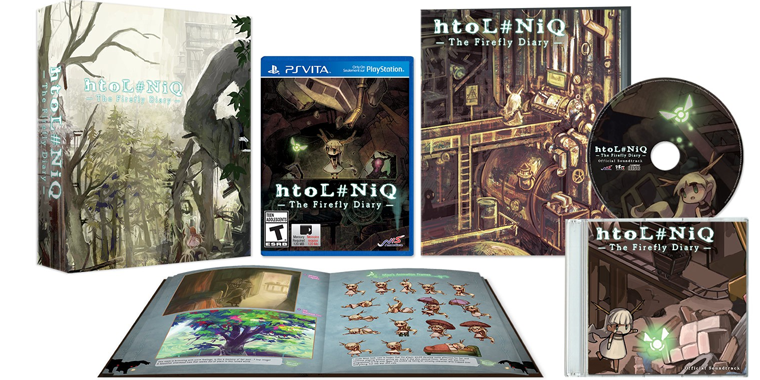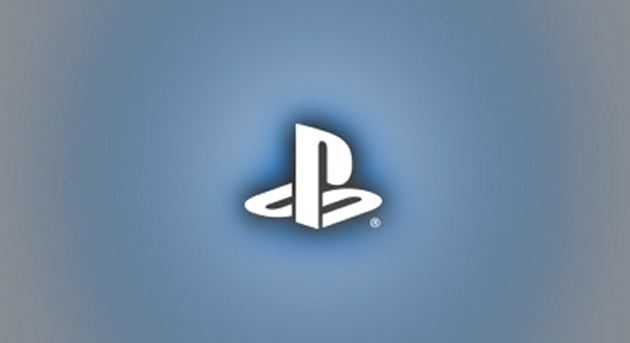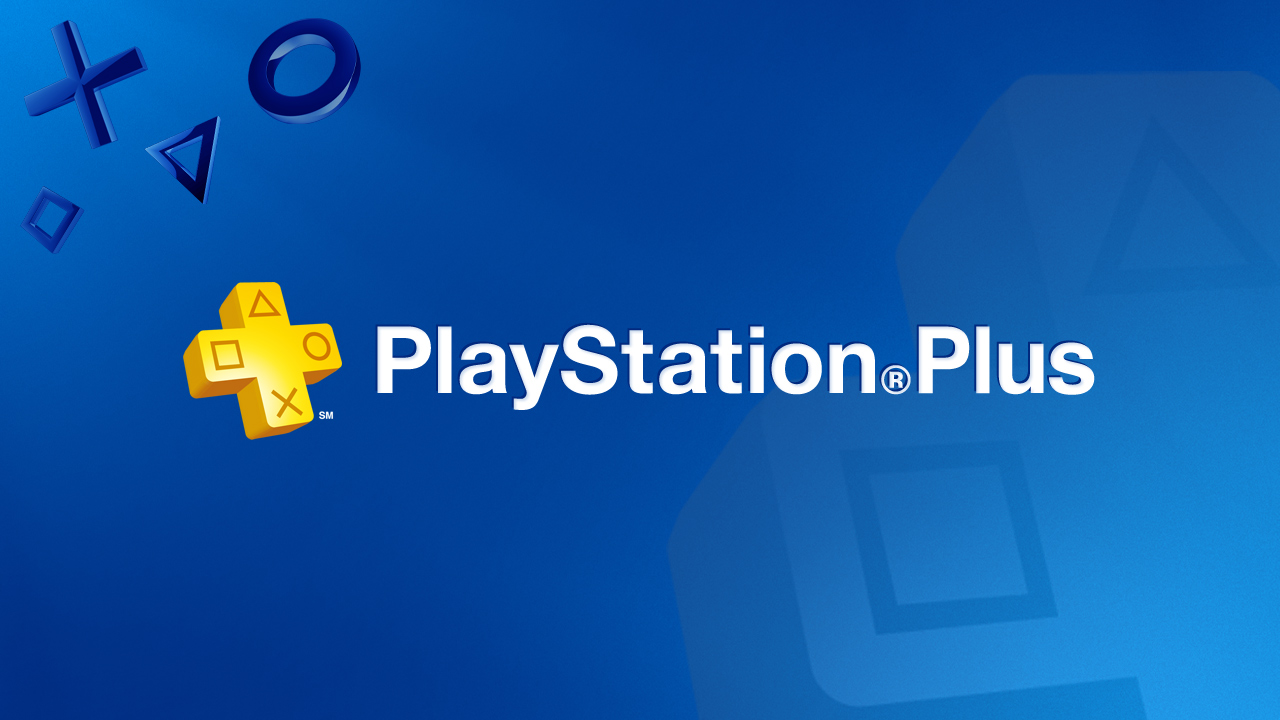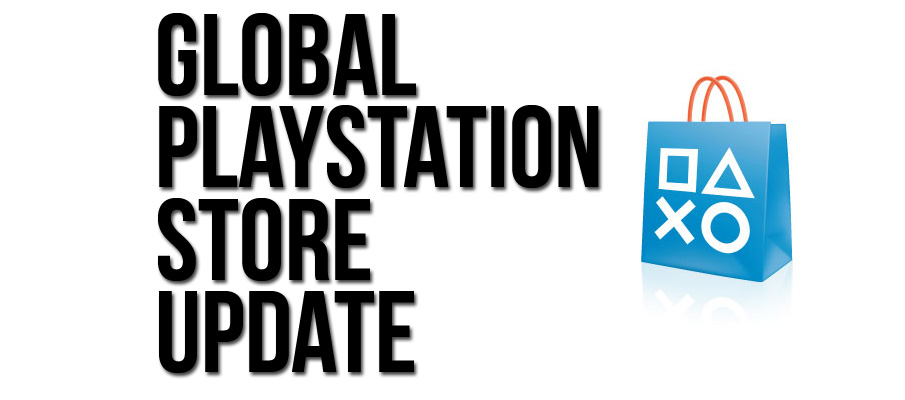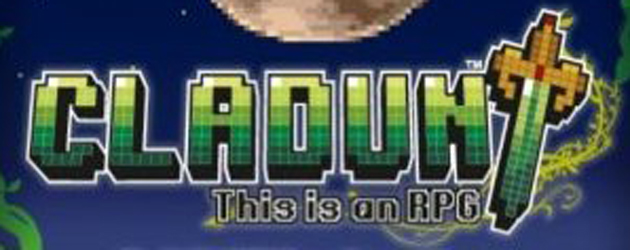
Review – Cladun: This is an RPG!
Posted by Eric G on November 17th, 2010 | 0 Comments | Tags: Cladun: This is an RPG , NIS America
Developer: NIS
Publisher: NIS America, Inc.
Release Date: September 21st, 2010 | November 17th, 2010
Availability:  |
| 
Price: $19.99
Demo: No
Players: 1-4 (Ad-Hoc multiplayer)
Rating:Everyone 10+
The dialogue is rather funny. Too bad it’s not in English in the video
What I Liked:
The retro aesthetic works well in a PSP RPG
Different types of dungeon crawling
Great sense of humor
Extremely customizable
What I Disliked:
Some aspects are complex to the point of convolution
I didn’t have any expectations going into Cladun, really. That’s probably in part why I was so utterly delighted with the game from the get-go. Upon beginning the game, I was asked if I would like the background music to be in either “Retro” or “Real” mode. The retro BGM is reminiscent of 8-bit RPG classics, and the real mode is an orchestrated, vocalized version of the same themes. Both options provide the same high level of catchy video game music. What is apparent from the very beginning of the game is its sense of humor. Early on, the main female character, Pudding, states that she is “an adult now. In video game language, that means 15!” This sort of self-reflexive fun poking is evident throughout the game, however long you decide to play it. You see, there’s a portal in the main town that allows you to end the game at any time. When I first got my equipment, before embarking on a single dungeon, I decided to go through said portal. The male protagonist says, “Puddie will be okay, I guess”, and the credits roll. This is just one of the several endings you can see by ending the game at certain points. The final ending is more satisfying, I assure you.
Every bit of Cladun is drenched in an 8-bit coating. It’s reminiscent of NES classics like Zelda, and, to an extent, 3D Dot Game Heroes. The game actually plays like Zelda, a top-down single character hack-and-slash with magic. The differences lie in the fact that the screen moves along with the character and there are no items. Also, the puzzles are a bit less of a main point here. The entire game takes place in one town. There’s a large door in the center of the town that acts as a portal to the dozens of dungeons that will are available throughout the game. A feature that I found rather handy, especially when you unlock more options, is that every main point in the town is accessible through the start screen. So if you’re feeling too lazy to run over to the pub and create a new character, all you have to do is scroll through some menus and you’re there. The major start button choices are Magic Circle/Equip, Buy Items, Character Creation, Character Color, Dungeon, Ran-geon, Encyclopedia, Monster Book, Options, Title, and Save.
The Magic Circle is a central part of the game. It effects practically everything you do, including leveling up. The circle in the middle is where you place the main character, the one you’ll be controlling. You can edit the main character’s weapon, shield, and armor, as well as setting which Magic Circle you wish to use and what abilities/magic you want to have on the battlefield. The circles that project out from the center are where you place your sub characters. Sub characters’ attributes include health and mana. When the main character takes damage, it is deducted from one of the sub characters’s health. Attached to each sub-circle are different artifact slots. Artifacts are passive modifiers that change the attributes of either the main or sub character. Each artifact consumes a certain amount of mana from the sub character it is attached to. When a sub character dies, all of the artifact effects attached to that character are nullified. Everyone in the Magic Circle receives experience, and everyone levels up. When the main character levels up, its health and mana increase. When a sub character levels up, its attack, defense, and SP (what you use to cast spells/abilities) increase. Thus, to train the perfect main, he must first tag along as a sub, and vice versa. All characters gain new Magic Circles and spells/abilities at different set levels. The Magic Circle quickly becomes an extremely complex system that strategic players will eat up. It’s a bit convoluted, I know, but I did my best to describe it in all its glory. Its nuances are what make it unique, and it doesn’t take long to pick up on how it works once you start playing around with it.
Another cool feature in Cladun is its character editor. If you don’t feel like playing with one of the many characters introduced throughout the story, you can make your own. You have the option to pick the character’s class, gender, basic model, conversation pattern (how the character responds to when talked to by others), and its final boss. Yes, you can choose what type of enemy becomes your character’s final boss. From there, you can edit the character’s face on a grid. The editor is similar to 3D Dot Game Hero’s in that you edit the front, back, left, and right sides of the character’s face. My first move was to recreate the black mage from Final Fantasy, and he became my main character for the remainder of the game.
Dungeons are where you’ll be spending the bulk of your time in Cladun. The object of each dungeon floor is to get to the exit. Sometimes this means defeating every enemy. Other times, this means finding the right chest to open up the right path to kill the right monster who’s guarding the right teleporter that transports you to the exit portal. The dungeons get increasingly difficult and complex as you progress. Each dungeon has its own theme and playstyle required to survive. There are traps that litter the floors of these dungeons. Some, like the health and haste traps, are beneficial. Most are the exact opposite, ranging from ice and fire arrows shooting at you to gas traps, which affect you in any number of extremely debilitating ways (making the screen dark, putting your character to sleep, to name a couple). You’re given the ability to jump, dash, and slide in Cladun. This means you can jump over traps or slide underneath the projectile that they shoot at you. It gives the player a sense of free-ranging movement that isn’t always typical in this type of game; a major plus in my book. Each floor of each dungeon has a “target time”. If you get to the exit under the target time, you’re awarded Fame. Fame grants you VIP status at the town’s shop and special items from a legendary sleeping creature located at the top left of the map. One such item was a Prinny on a Stick!
If you’re stuck on a dungeon floor, or just get a little bit bored, you can always search for rare items and massive amounts of gold in the Ran-geon. The Ran-geon consists of 99 randomly generated floors. Monsters start at level 1, and there are 5 types of gates that get you to the next floor in different ways. Every once in a while, there’s an Exit portal that returns you to Arcanus Calla with all of your gained experience, gold, and loot. If you die or give up in the Ran-geon, you lose all of your items but retain 50% of experience and gold. After defeating the final boss, I unlocked something called a New-geon, but it’s even more convoluted than Ran-geons or even the Magic Circle, so I won’t get into it.
In Cladun, practically everything revolves around the Magic Circle (which sounds like the title to a 1960s jamfest song). It’s a unique equipment and leveling system that requires a ton of thought and strategy to be effectively utilized. The core gameplay of Cladun is dungeon crawling, and boy, is there a lot of that to be had. There are about 16 dungeons that lead up to the final boss. After defeating the final boss, though, more dungeons unlock. Add in the Ran-geon and New-geon dungeons, and you’ve got yourself a near infinite amount of dungeon crawling. The fame-boosting speed runs are perfect for playing the game in short spurts. New enemies and item hunting keeps the allure of playing surprisingly fresh. Dying is sometimes frustrating, but even if you die on the 36th floor of the Ran-geon with a ton of rare items in tow, at least you retain half of your experience and gold. The game is rather good at cushioning the blow and inviting you back after a short play-break. It took me about 21 hours to get through the game, but I did a fair amount of Ran-geon crawling and character creating, so the main story might take less time. I didn’t get a chance to try out the multiplayer in the game; it simply wouldn’t work when Chris and I gave it a go, but 4 player vs. and co-op Cladun would be excellent. The $19.99 price tag is a bit steep, but if you like dungeon crawling, item hunting, or funny, refreshing games, it’s well worth it.
Click Here to purchase Cladun: This is an RPG from Amazon.com

For more info on our review policy click here.



